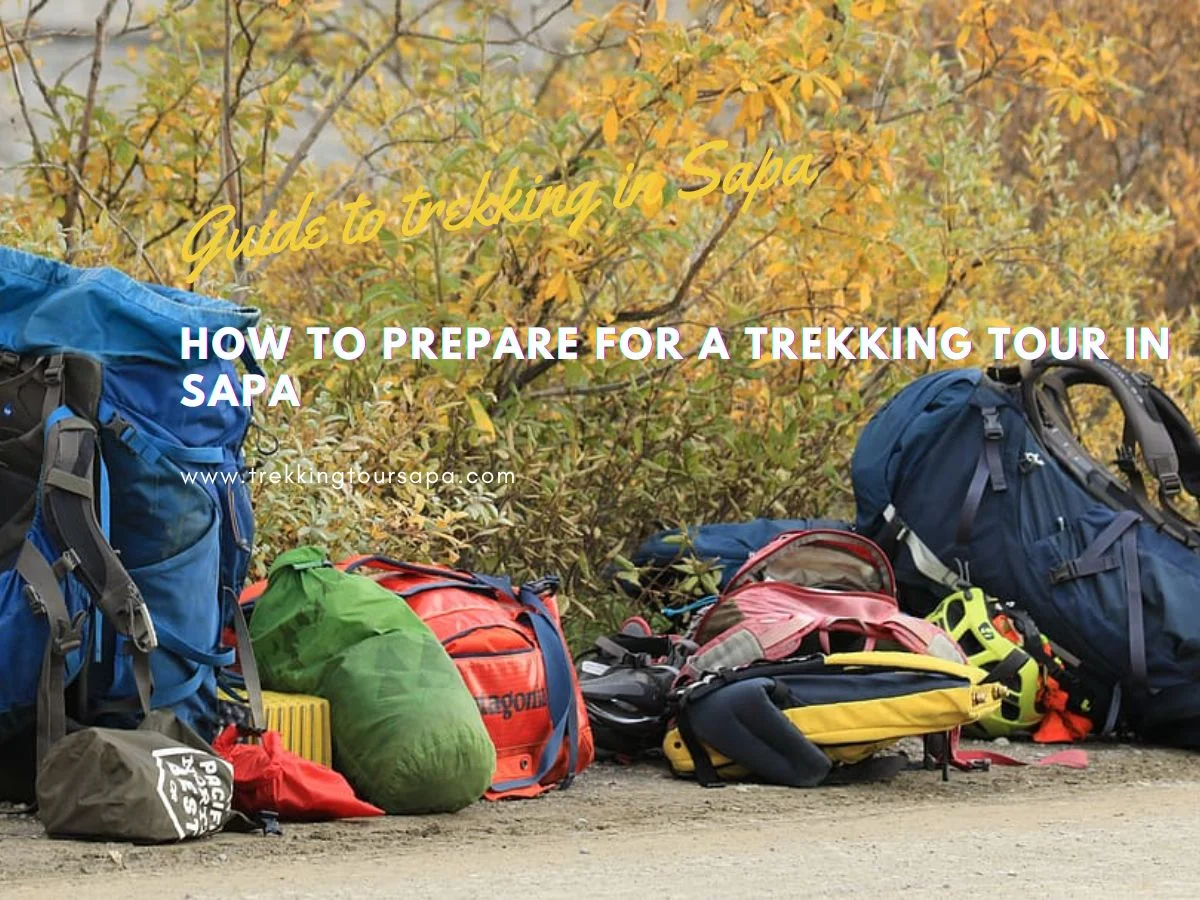Are you ready to embark on an adventure that will take you through breathtaking landscapes and immerse you in the vibrant culture of Northern Vietnam? If so, a trekking tour in Sapa might just be what you need. Trekking in this region offers a unique opportunity to explore the rugged beauty of the mountains while also experiencing the local way of life.
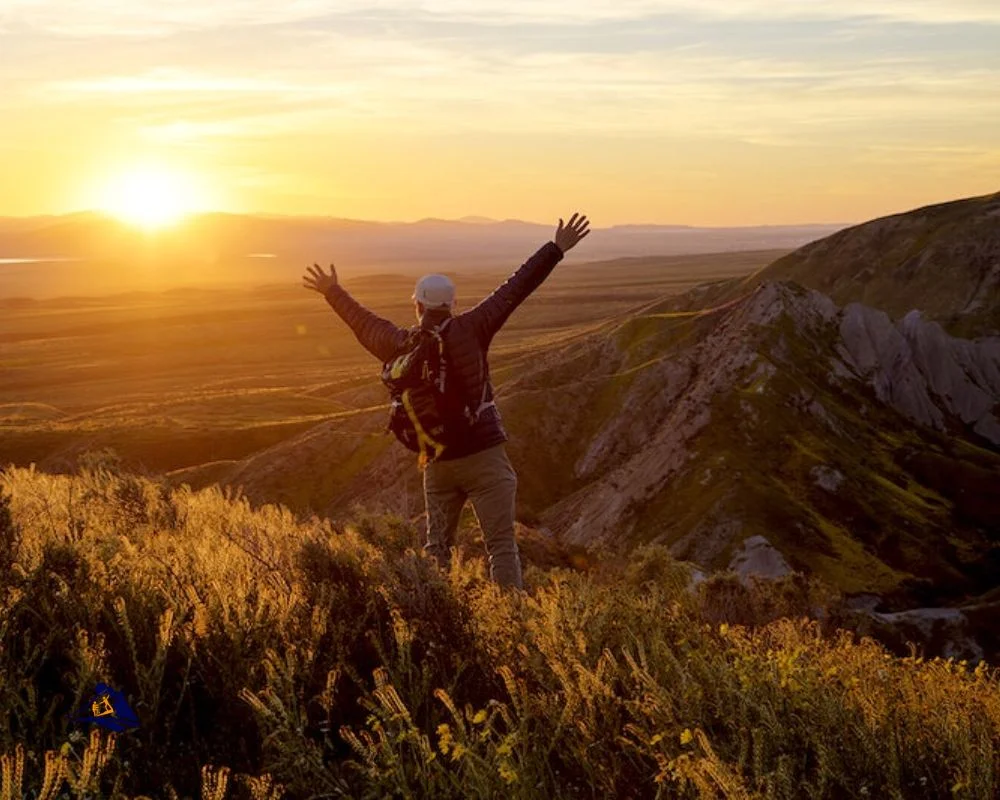
But before you lace up your hiking boots and hit the trails, there are several things to consider to ensure that your trip is safe, enjoyable, and fulfilling. From researching your route and selecting a reputable tour company to pack the right gear and practicing responsible tourism, this guide will provide you with all the necessary information to prepare for a trekking tour in Sapa. So let’s get started – adventure awaits!
Table of Contents
ToggleResearch the Route and Terrain
Before embarking on your journey, you’ll want to thoroughly investigate the planned route and terrain. Route planning involves selecting the specific trekking path that suits your preferences and fitness level. You can research online or talk to experienced trekkers for recommendations. A terrain assessment is also essential in preparation for your trekking tour in Sapa. Know what elevation changes to expect and what potential obstacles might come your way.
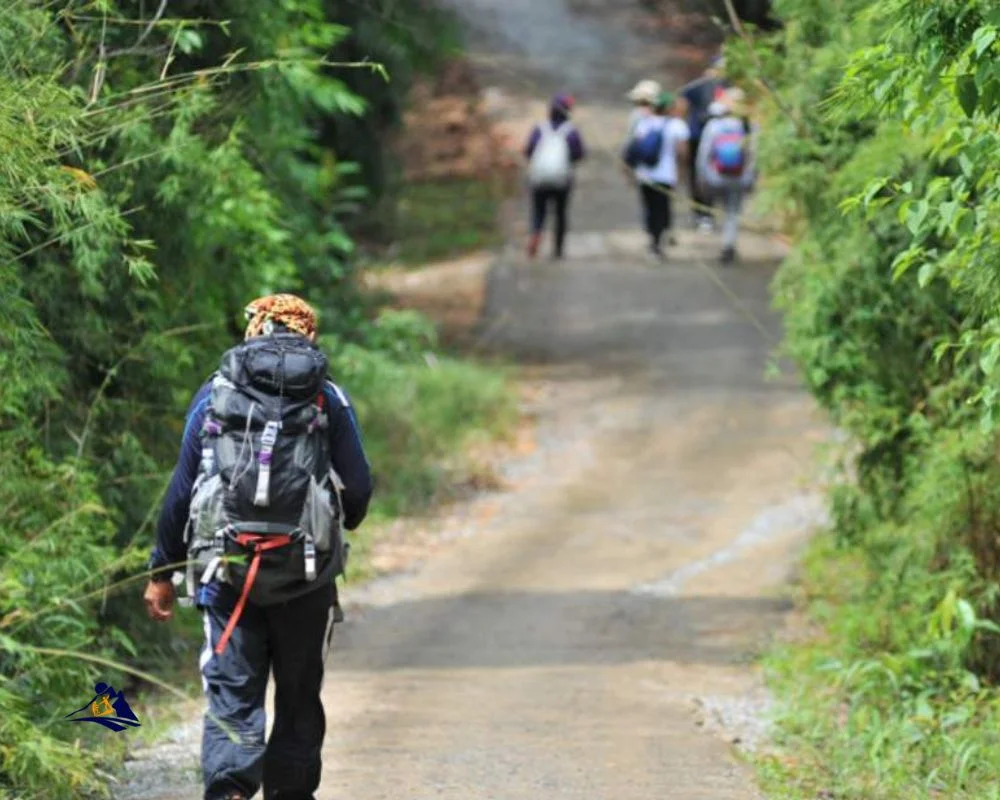
Apart from route planning and terrain assessment, it’s also crucial to consider weather conditions and emergency procedures. In Sapa, the weather can change quickly, so make sure you have appropriate gear for rain or shine. Before leaving, check the forecast and prepare accordingly. And lastly, be familiar with emergency procedures in case of an unexpected event during your trekking tour. Your chosen tour company should provide detailed information about these procedures as well as their safety measures so that you can enjoy a worry-free adventure!
Choose the Right Trekking Tour Company
To find the best trekking experience for your Sapa trip, start by choosing a tour company that suits your needs. Tour guide selection is key to ensuring you have a knowledgeable and experienced guide who can take you through the best routes and provide insightful information about the local culture and customs. Additionally, consider budgeting options when selecting a company. Some may offer more affordable tours but may not include as many amenities or services, while others may be more pricey but offer higher-quality accommodations and food.
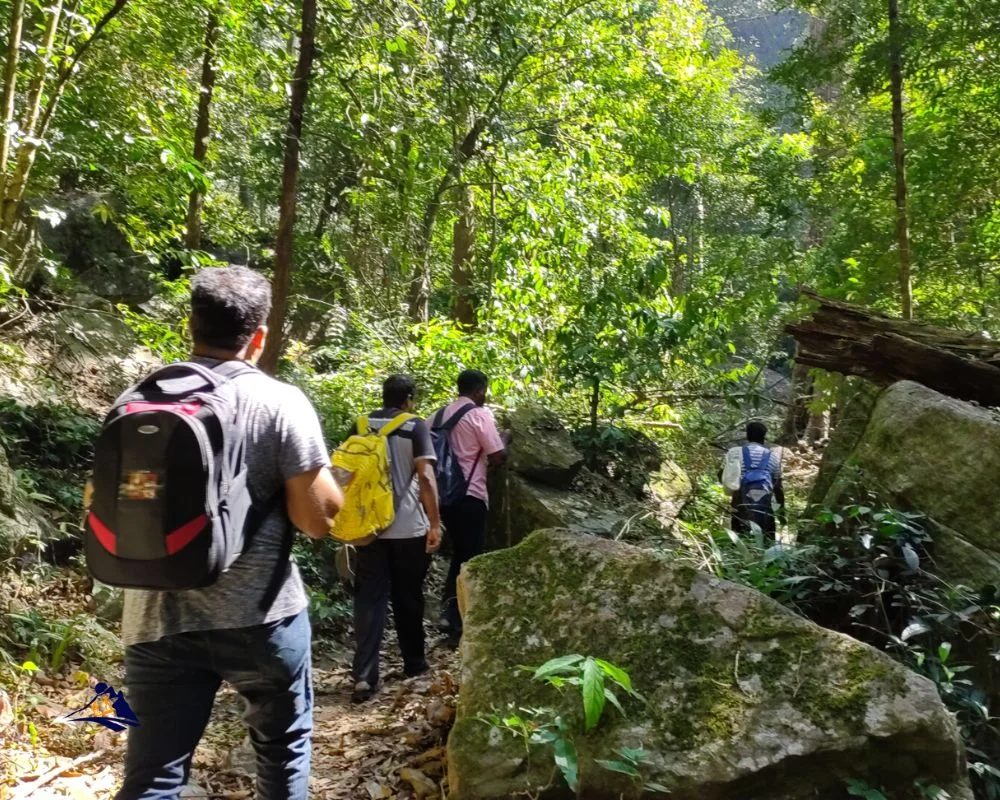
Once you’ve chosen a tour company, it’s important to get in shape and acclimate to the altitude before embarking on your trek. This will help prevent altitude sickness and ensure that you’re physically prepared for the challenging terrain. In the next section, we’ll go over some tips for getting in shape and acclimating to altitude so that you can enjoy your trek without any health issues.
Get in Shape and Acclimate to Altitude
As you gear up for your mountain adventure, it’s essential to ensure that your body is finely tuned, like a well-oiled machine, and acclimated to high altitude conditions so that you can conquer the peaks with ease and avoid health complications. To do this, start by getting in shape several weeks before your trekking tour in Sapa. You don’t have to be an athlete, but being physically fit will make a huge difference.
Here are some hiking essentials and health tips to get you started:
| Hiking Essentials | Health Tips | Altitude Tips |
|---|---|---|
| Comfortable hiking shoes | Drink plenty of water and stay hydrated | Take it slow and rest if needed |
| Lightweight backpack with snacks and water | Get enough sleep before the trekking tour | Avoid alcohol and smoking |
| Quick dry clothing layers for temperature changes | Eat nutritious meals with carbohydrates | Consider taking altitude sickness medication |
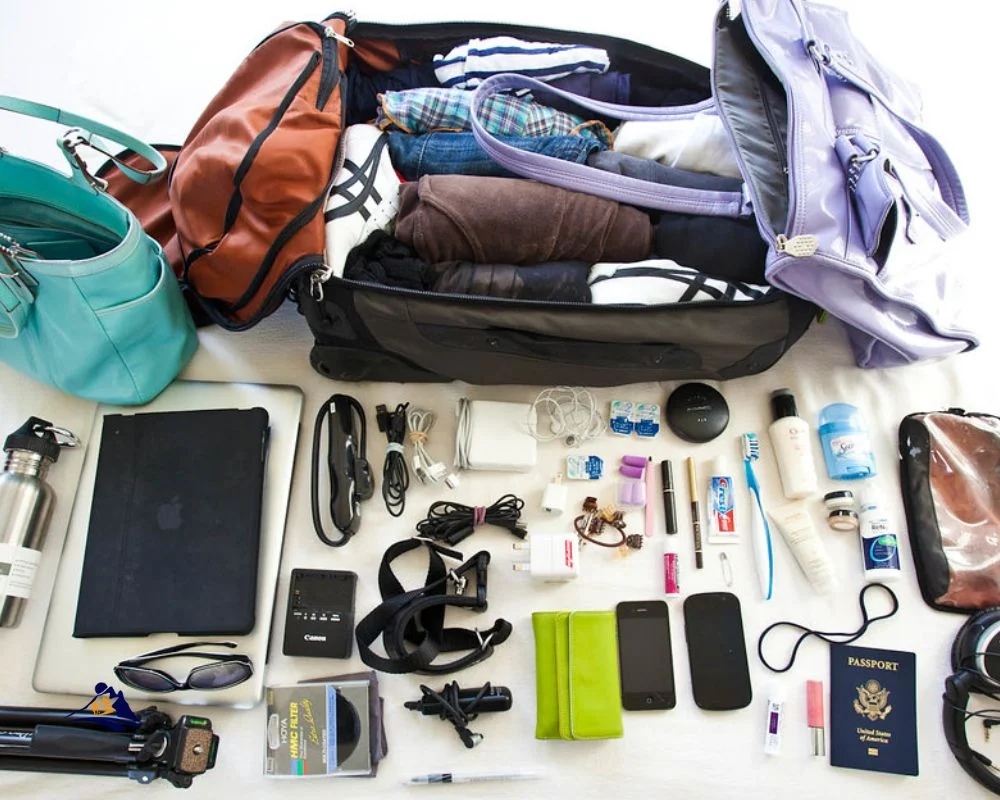
By incorporating these tips into your routine, you’ll be able to enjoy the stunning views of Sapa without worrying about feeling unwell or exhausted. Now that you’re ready physically, let’s talk about how to pack the right gear and equipment for your trekking tour.
Pack the Right Gear and Equipment
Get ready to conquer the mountains of your dreams with the right gear and equipment, ensuring a safe and unforgettable adventure. Start by creating a gear checklist that includes all the necessary items for trekking in Sapa. A sturdy pair of hiking boots is essential, as well as warm clothing layers and rain gear, since weather conditions can be unpredictable. It’s also important to pack a comfortable backpack with enough space for water, snacks, and other essentials.
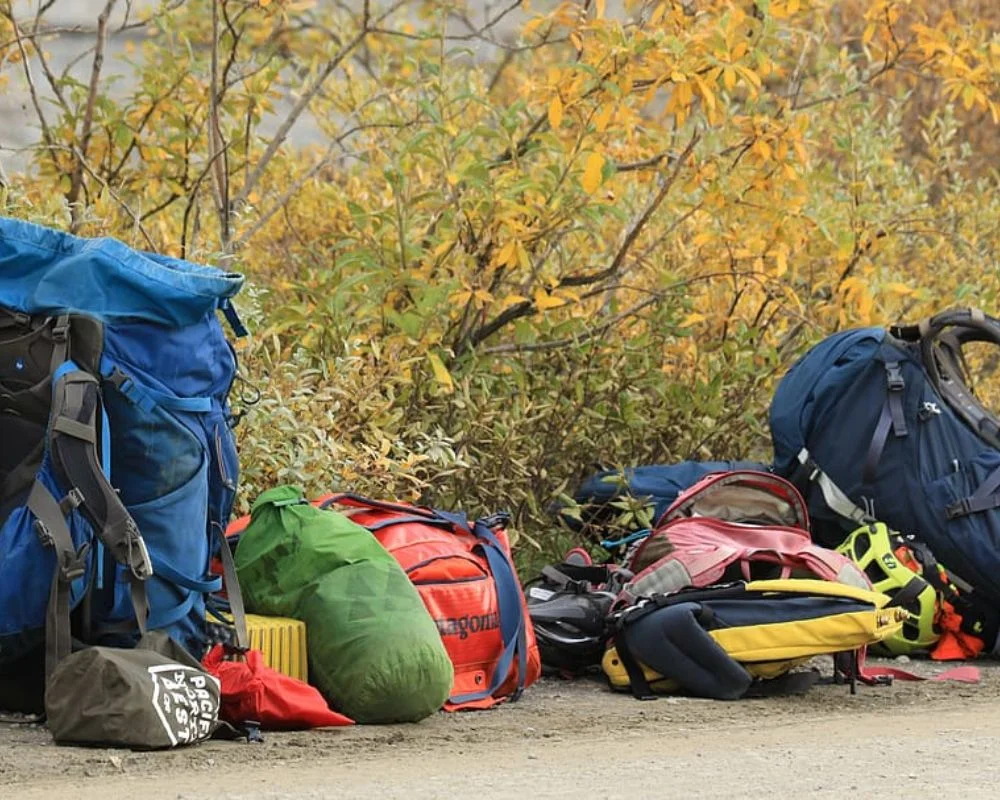
If you don’t have all the necessary gear or prefer not to bring it with you, there are rental options available in Sapa. You can rent trekking poles, sleeping bags, and other equipment from local shops at reasonable prices. However, if you have specific needs or preferences when it comes to gear and equipment, it’s best to bring your own. With the right gear and equipment on hand, you’ll be prepared for anything that comes your way during your trekking tour in Sapa!
Now that you’re geared up for your trekking adventure in Sapa let’s discuss how important it is to bring essential medications and first-aid supplies along with you on the trip.
Bring Essential Medications and First-Aid Supplies
You never know what could happen during your adventure, so make sure to pack essential medications and first-aid supplies to keep you safe and healthy while exploring the beautiful mountains of Sapa. Medication management is crucial when trekking at high altitudes, as altitude sickness can occur. Make sure to bring medication for headaches, nausea, and stomach upset. If you have any pre-existing medical conditions such as asthma or heart problems, consult with your doctor before embarking on your journey.
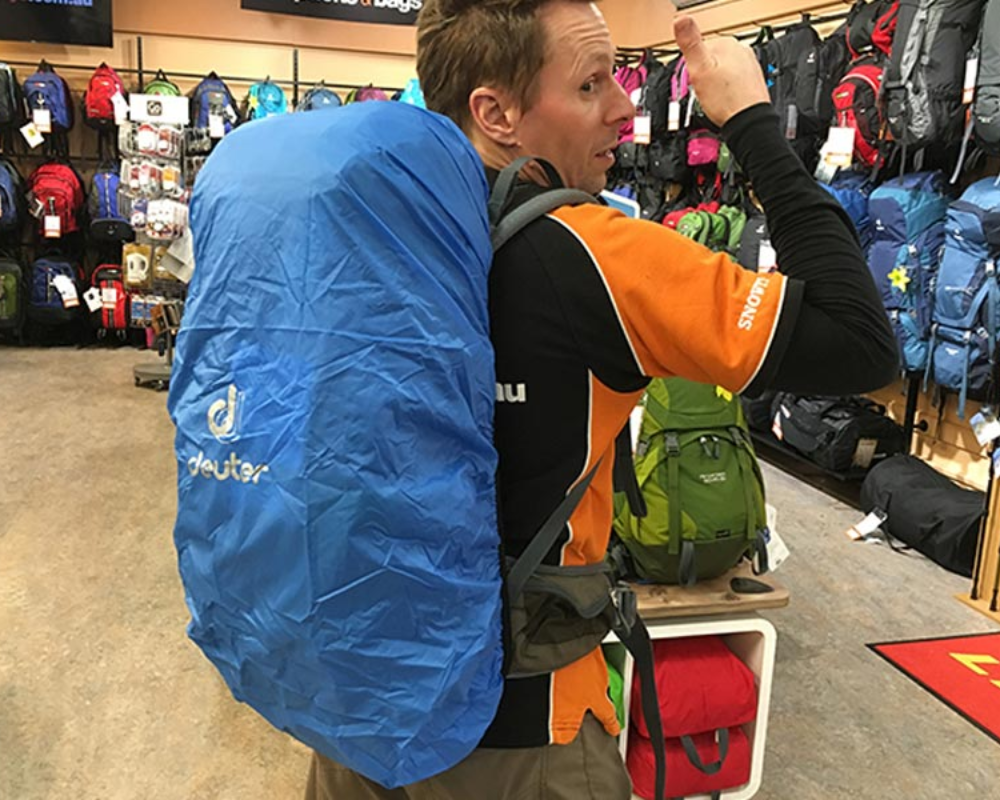
In addition to medication, it’s important to pack a first aid kit with essential items such as bandages, gauze pads, antiseptic wipes, and tweezers. You may also want to bring insect repellent and sunscreen to protect yourself from bugs and harmful UV rays. By having these supplies on hand, you’ll be better prepared for any unexpected injuries or illnesses that may occur during your trek in Sapa. And now that you’re ready for any physical challenges that may arise during your adventure in Sapa with medication management and first aid kit contents taken care of let’s move forward into learning local customs and etiquette!
Learn Local Customs and Etiquette
Learning about the local customs and etiquette in Sapa will not only help you navigate your way through the region with ease but also show respect for the people and their culture. As a visitor, it is essential to understand cultural differences and respect local traditions. For instance, when visiting a Hmong village, it is customary to ask for permission before taking pictures of people or their homes. It is also polite to dress modestly and avoid wearing revealing clothing.
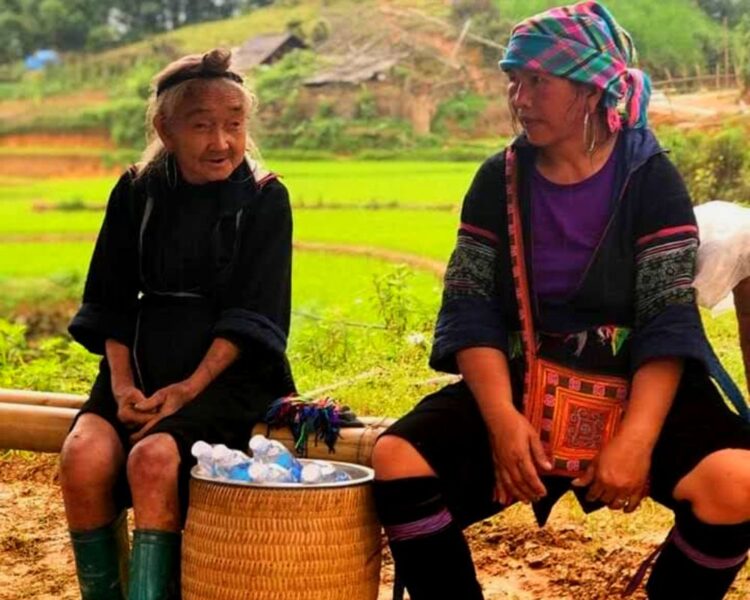
Additionally, it is important to learn a few basic phrases in the local language such as ‘xin chaos (hello), ‘cam on’ (thank you), and ‘xin loi’ (excuse me/sorry). These simple gestures can go a long way in breaking down cultural barriers and making meaningful connections with locals. By learning about local customs and practicing them during your trekking tour, you’ll not only have an enriching experience but also contribute to responsible tourism practices that benefit both visitors and locals alike.
Practice Responsible Tourism
When exploring the beautiful and diverse region of Sapa, it’s important to practice responsible trekking by being mindful of your impact on the environment and local communities. As a responsible traveler, you should always respect the natural habitat by not littering or damaging any wildlife. It’s also essential to engage with the local community respectfully, learning about their culture and customs while supporting small businesses.

Community engagement is crucial when practicing responsible tourism. When visiting Sapa, make an effort to connect with locals and learn about their ways of life. This can be done through taking part in cultural activities such as traditional dance performances or joining cooking classes that use locally sourced ingredients. By engaging with the community in this way, you not only gain insight into their culture but also contribute positively to their economy. Remember that every action you take can have a significant impact on Sapa’s environment and people – so always strive for sustainable travel practices. Next up, let’s dive into how to prepare for food and accommodation during your trekking tour in Sapa!
Prepare for Food and Accommodation
3) When it comes to traditional food and drink, you’ll find that Sapa offers a range of unique dishes that are sure to tantalize your taste buds. From hearty stews made with locally-sourced ingredients to refreshing herbal teas, there’s plenty to choose from. As for accommodation options, homestays and guesthouses are both great choices for those looking to experience the local culture firsthand while enjoying comfortable lodgings.
Traditional Food and Drink
You’ll be delighted by the delicious traditional cuisine and local beverages that are an integral part of the trekking experience in Sapa. The cultural significance of these dishes is not to be underestimated, as they reflect the history and traditions of the ethnic minority groups who call this region home. From fragrant pho noodle soup to savory grilled meats served with sticky rice, each dish offers a unique flavor profile that will tantalize your taste buds.

In addition to enjoying traditional dishes, you should also sample some of the refreshing local beverages on offer. Whether it’s a cup of freshly brewed tea or a glass of potent rice wine, these drinks have been enjoyed by locals for generations and are sure to leave you feeling refreshed after a long day on the trail. Be sure to ask your guide about seasonal specialties so you don’t miss out on any unique flavors during your adventure in Sapa. Now let’s move on to discussing accommodations at homestays and guesthouses.
Homestays and Guesthouses
As you settle in for the night at a homestay or guesthouse, get ready to experience authentic cultural immersion that will make your journey unforgettable. The locals are very hospitable and friendly, eager to share their customs and traditions with visitors. You’ll have the opportunity to interact with them, learn about their daily lives, and even participate in farming activities if you wish.
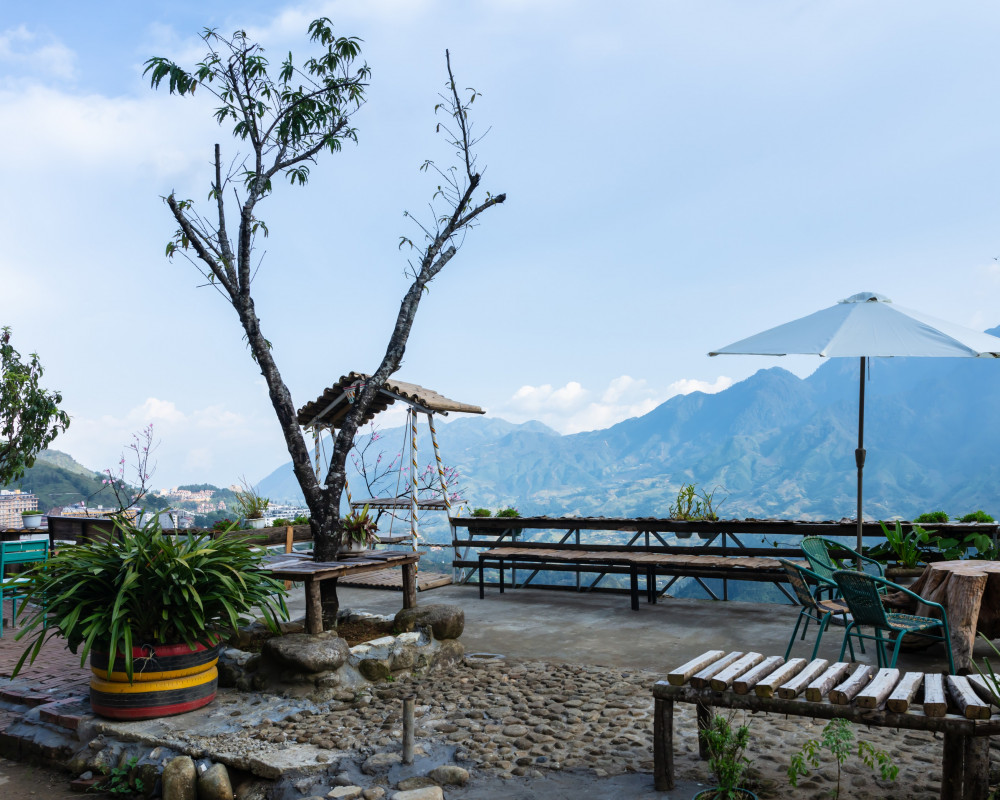
Homestays are especially popular among trekkers because they offer a unique opportunity to experience life in a traditional ethnic village firsthand. You’ll be able to sleep on a comfortable bed or mattress laid out on the floor of a stilt house, enjoy delicious home-cooked meals made from fresh ingredients grown right there in the village, and engage with your hosts through shared experiences like cooking lessons or handicraft workshops. Guesthouses, on the other hand, offer more modern amenities like private bathrooms and hot showers while still providing opportunities for community interaction and cultural immersion. Whatever your preference, staying at a homestay or guesthouse is an excellent way to gain insight into local life while supporting sustainable tourism practices that benefit these communities directly.
Stay Safe and Informed
Stay safe and informed during your adventure in Sapa by being aware of the weather conditions and local regulations. It is important to remember that the weather can change quickly, so always check the forecast before setting out on your trekking tour. If there are any warnings or advisories issued, make sure to take them seriously and adjust your plans accordingly. Additionally, be aware of any rules or guidelines set by local authorities for trekking in certain areas. This could include restrictions on camping or off-trail hiking, which are put in place to protect the natural environment.
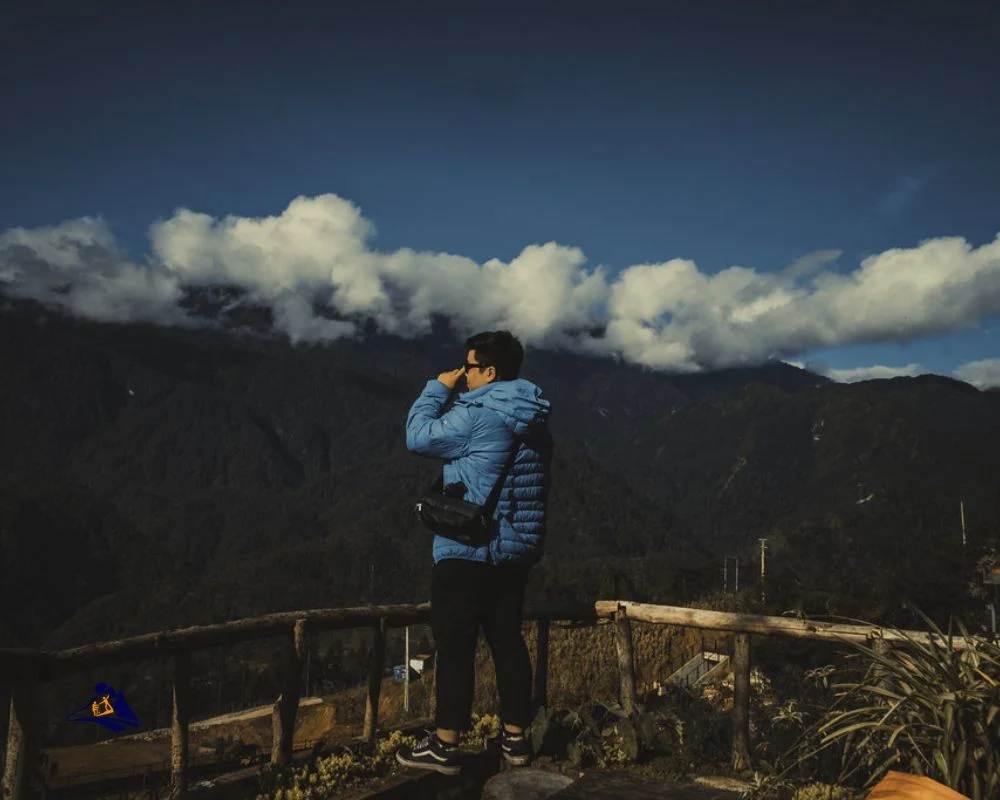
To stay safe while enjoying nature, it’s also a good idea to carry a first aid kit with you at all times. You never know when you might need it, especially when traveling through remote areas. Another thing to keep in mind is communication – make sure someone knows where you are going and when you plan on returning, just in case something happens. Finally, if you’re not an experienced hiker or aren’t familiar with the area, consider hiring a guide who can help navigate the trails safely. By taking these precautions and staying informed about potential hazards, you’ll be able to fully enjoy your trekking tour while minimizing risks along the way.
As important as safety is during your trip, it’s equally important to take time to appreciate and enjoy the journey itself. So next up: let’s talk about ways that you can truly immerse yourself in Sapa’s stunning natural beauty!
Enjoy the Journey
Get ready to embark on a journey of mindful hiking and connecting with nature as you explore the beautiful Sapa region. The stunning landscapes, lush green rice paddies, cascading waterfalls, and breathtaking mountain views will take your breath away. As you trek through this natural wonderland, be sure to slow down and immerse yourself in the surroundings. Take deep breaths of fresh air and listen to the sounds of nature around you.

Don’t forget to pause along the way and appreciate the small moments that make up this once-in-a-lifetime experience. Whether it’s stopping for a photo op or taking a break to enjoy some local cuisine, allow yourself time to fully soak in every aspect of this incredible journey. Remember that while reaching your destination is important, it’s equally crucial to enjoy every step of the way. So go ahead – let go of all your worries and stresses from daily life and simply enjoy being present in this momentous adventure through Sapa’s natural paradise.
How To Prepare For A Trekking Tour In Sapa Frequently Asked Questions
Are there any age restrictions for trekking tours in Sapa?
When it comes to trekking tours in Sapa, age restrictions and physical fitness requirements can vary depending on the tour company and the specific trek you choose. Some tours may have minimum age limits or require a certain level of physical fitness, while others may not have any restrictions at all. It’s important to research your chosen tour company and route beforehand to ensure that you are physically capable of completing the trek and meet any age requirements. However, don’t let these limitations hold you back from planning your adventure. With proper preparation and determination, anyone can embark on a memorable trek through Sapa’s stunning landscapes.
Are there any specific permits or licenses required for trekking in Sapa?
Like a bird soaring through the skies, you’re excited to embark on your trekking adventure in Sapa. But before you take a flight, it’s important to know that trekking permits and local regulations are required for this experience. The government of Vietnam mandates that all trekkers must obtain permits from their tour operators or the local government offices before starting their journey. Additionally, there are certain areas within Sapa where trekking is restricted due to conservation efforts. As an experienced traveler, you know that adhering to these regulations will help preserve the natural beauty of Sapa and make your trip even more enjoyable. So go ahead and spread your wings – with the proper permits and knowledge of local regulations, you can soar through Sapa with ease!
What kind of wildlife can be encountered during the trekking tours in Sapa?
When trekking in Sapa, you may encounter a variety of wildlife. The forests are home to a diverse range of animals such as monkeys, squirrels, bears, and wild boars. However, encountering these creatures can be dangerous if safety precautions are not taken seriously. It is important to travel with a guide who knows the area well and can provide advice on avoiding dangerous situations. Additionally, make sure to keep food items securely stored away so as not to attract wildlife to your campsite. Always remember that you are a guest in their natural habitat and must respect their space for an enjoyable trekking experience while ensuring your safety at all times.
Is it necessary to hire a local guide for trekking in Sapa?
If you’re planning a trekking tour in Sapa, you might wonder whether it’s necessary to hire a local guide. While it’s possible to trek without a guide, there are significant benefits to having one. A local guide can offer invaluable insight into the landscape, culture, and wildlife of Sapa. They can also help you navigate challenging terrain and ensure your safety on the trail. Without a guide, you may encounter challenges such as getting lost or encountering dangerous animals without knowing how to handle them. Ultimately, hiring a local guide for your Sapa trekking adventure can enhance your experience and ensure that you make the most of this beautiful region while staying safe and secure along the way.
What are the emergency services available in case of any mishaps during the trekking tour in Sapa?
In case of any mishaps during your trekking tour in Sapa, it’s important to know that first aid and evacuation procedures are available. Did you know that the mountainous terrain of Sapa can be challenging for even the most experienced trekkers? This is why it’s crucial to be prepared for any emergencies that may arise. Thankfully, there are emergency services provided by local authorities and tour companies that can assist in medical situations or transport you to a hospital if needed. It’s always better to be safe than sorry, so make sure to familiarize yourself with these resources before embarking on your trekking journey through Sapa.
Conclusion
Congratulations! You are now well-prepared for your upcoming trekking tour in Sapa. Remember, every journey is unique and unpredictable, but with the right preparation and mindset, you can make it an unforgettable experience.
As you embark on this adventure, keep in mind that life is like a mountain climb; it can be challenging at times, but the view from the top is always worth it. So take a deep breath and enjoy every step of the way. Immerse yourself in the culture, appreciate the beauty of nature, and cherish every moment with your fellow hikers.
Remember to pack light but bring enough to be comfortable. Stay hydrated and nourished along the way. Respect local customs and traditions while practicing responsible tourism. Most importantly, stay safe by following safety guidelines and staying informed about potential risks.
Now go out there and conquer that mountain! Let nothing hold you back as you take on this thrilling adventure. As they say: “Life is a climb but the view is great.”
